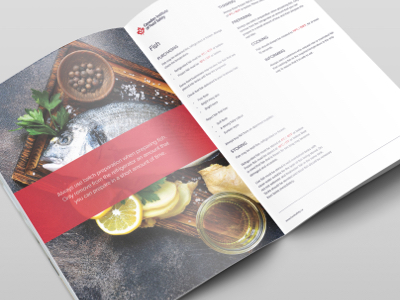.jpg?width=820&height=462&name=Adobe%20Express%20-%20file%20(78).jpg)
The World Health Organization (WHO) has postponed the release of its updated global food-borne disease estimates to early 2026 after a longer-than-expected consultation with member states.
The delay means countries worldwide, including Canada, will continue relying on 2015 data to guide food safety planning until the new global figures are finalized.
Why has WHO postponed the latest food-borne disease estimates?
WHO says the extended timeline results from a robust consultation with participating countries.
“The official consultation with WHO member states, during which each country had the opportunity to review and comment on its national estimates, was completed this summer, and we are now including additional national input to refine the estimates further. So, the process to finalize the estimates is already well underway,” a WHO spokesperson said.
The organization originally planned for a late-2025 release, but “unforeseen changes” made that schedule “no longer feasible”. The updated publication window is now the first quarter of 2026.
What will the new WHO food-borne disease report include?
The estimates are being prepared by the Foodborne Disease Burden Epidemiology Reference Group (FERG), WHO’s advisory body that evaluates the worldwide impact of food-borne illness.
Food-related hazards analyzed in the estimates
FERG is reviewing infection data from 2000–2021 across 42 food-related hazards, including:
- Bacteria
- Viruses
- Parasites
- Selected chemicals such as arsenic, cadmium and lead
The analysis spans national, regional and global levels, offering a clearer picture of where risks are changing over time.
New pathogens included in the updated dataset
Improved diagnostic tools and stronger surveillance networks are allowing WHO to include additional pathogens. The upcoming report will feature organisms such as entero-aggregative E. coli (EAEC) and rotavirus, which were not part of the 2015 dataset.
How will the WHO delay affect Canadian food safety planning?
Canada maintains strong national and provincial surveillance programs, but global comparisons remain important for understanding emerging risks and setting education priorities. Without updated WHO data, Canada and other countries will continue to rely on 2015 global data, which estimated more than 600 million illnesses and 420,000 deaths each year linked to unsafe food.
Updated global data helps Canadian authorities better detect trends linked to climate shifts, supply chain changes and pathogen evolution. These insights influence training needs for Food Handlers, inspection strategies and broader food safety policies.
Reminder: Food safety regulations can vary between provinces. Always check with your local health authority for current rules.
Global economic and public health impacts
The World Bank estimates that food-borne illness costs low- and middle-income countries about $158 billion (CAD) each year because of health care expenses and productivity losses. Governments depend on WHO’s updated data to support budget planning, justify prevention spending and guide long-term food safety investments.
How Canadian food businesses can stay proactive
Food businesses do not need to wait for the new estimates to improve safety practices. Staying compliant with existing standards, maintaining strong cleaning and sanitizing procedures and ensuring staff complete recognized Food Handler Certification remain the most effective ways to reduce food-borne illness.
Tip: Consistent training keeps teams aligned with current best practices, regardless of shifts in global data.
The Canadian Institute of Food Safety (CIFS) offers practical, up-to-date training and resources designed to help individuals and businesses manage emerging food safety risks. Keep up with new trends and important industry updates by exploring our latest blogs.
Frequently Asked Questions
Q. When will WHO release the updated food-borne disease estimates?
A. WHO expects to publish the new figures in the first quarter of 2026.
Q. What hazards does the updated dataset cover?
A. FERG is analysing 42 hazards, including bacteria, parasites, viruses and selected chemicals.
Q. Why are WHO’s food-borne disease estimates important for Canada?
A. Global data helps Canadian regulators and training providers understand emerging risks and set food safety priorities.
Q. Are current food safety standards still valid?
A. Yes. The delay affects reporting timelines, not the fundamentals of safe food handling.




